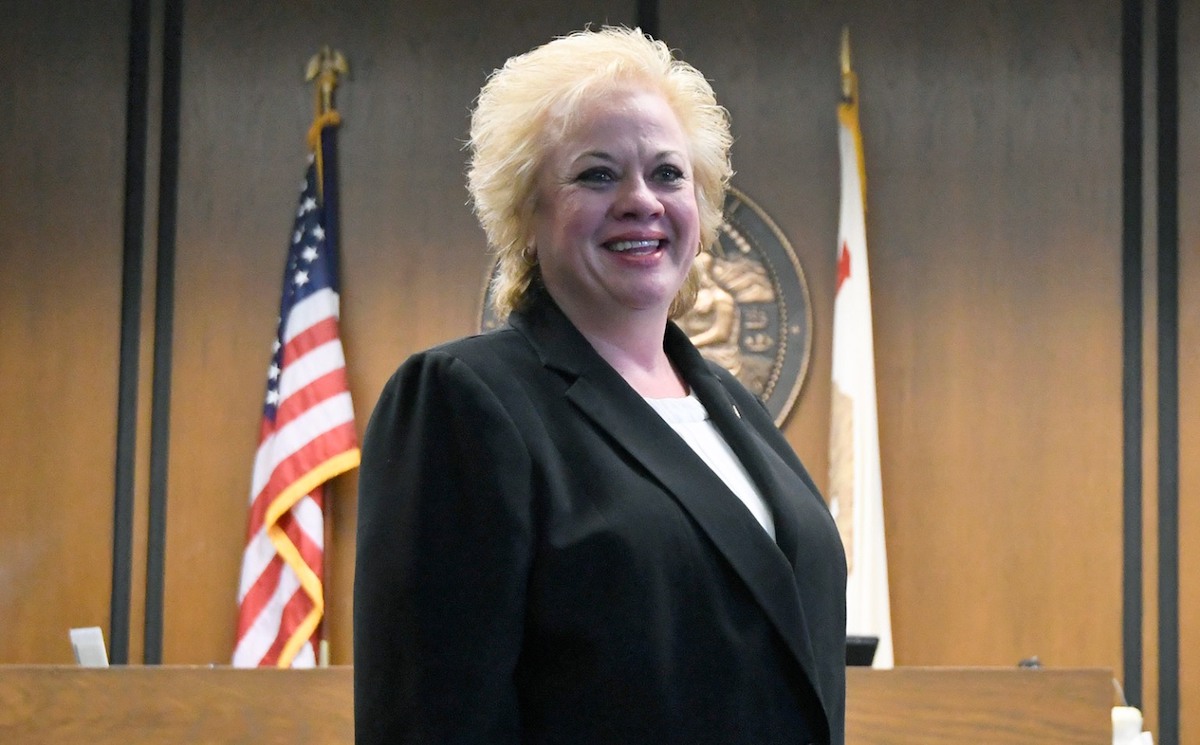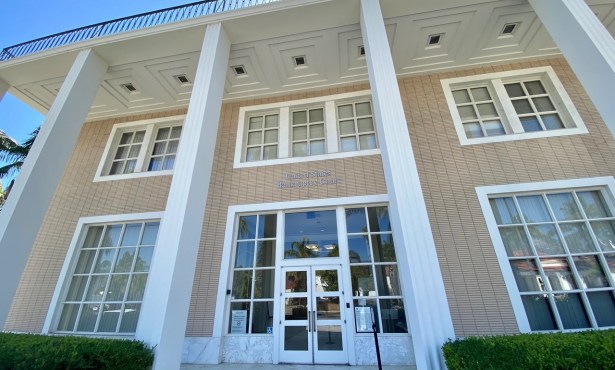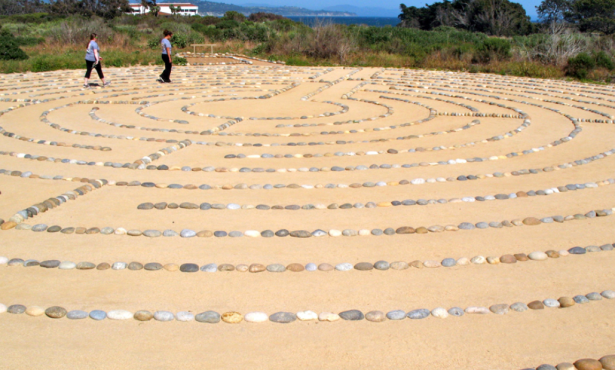Rethinking Juvenile Justice in Santa Barbara County
Probation Department Seeking Community Input on Using Grant Funds for Realignment

Now that the responsibility for housing and treatment of youth in the juvenile justice system has changed hands from the state to the counties, Santa Barbara officials are using the opportunity to reimagine how we look at youth crime and asking for community input on how to improve the system going forward.
A year ago, Governor Gavin Newsom signed SB 283 — which began the closure of the state’s Division of Juvenile Justice by realigning state functions to county governments. The Santa Barbara County Probation Department is leading the charge in the realignment plan for youth offenders that would be at risk of long-term commitments for more serious crimes.
Chief Probation Officer Tanja Heitman and the Juvenile Justice Coordinating Council have already begun to make progress, receiving a grant of more than $150,000 that will go toward renovations to the outdoor facilities at the Susan J. Gionfriddo Juvenile Justice Center. The yard is currently asphalt, but plans are in the works to create a multifunctional space that can be used for recreation, exercise, and outdoor group gatherings.
The county will be applying for a second grant, Heitman said, and is expected to submit the application by January. The work of the council, and a more focused approach of community outreach, are important to tailoring the plan to the county’s needs, Heitman said.
“A lot more community outreach,” she said. This outreach had been through interviews with youth in the programs themselves, surveys with families, and open-forum Zoom sessions to get direct comments from the community.
During a virtual listening forum hosted by the Santa Barbara Probation Department on Friday, September 24, several community members voiced the need for a softer approach with the youth — especially those with serious charges — and a change in the physical spaces of juvenile detention facilities.
The realignment block grant applies specifically to the minority of youth that receive a long-term commitment due to the severity or frequency of their crimes — which, in Santa Barbara, is typically fewer than 10 — but community members at the forum advocated a rethinking of juvenile justice in general, and the perception of the youth as children in need instead of criminals. “We’re thrilled to have that input,” Heitman said.
Rafael Valdovinos, a community advocate and reentry student at Allan Hancock College, spoke about programs he went through like the Beyond Incarceration Greater Education (BIGE) Club — which provides a safe space for students impacted by incarceration — and the need for youth offenders to feel like they deserve a chance to do better.
Sign up for Indy Today to receive fresh news from Independent.com, in your inbox, every morning.
Valdovinos said that the kids should be treated as humans, not criminals, with a “person-centered approach” of de-escalation and education. The stark concrete and brick walls, he said, can make the youth feel hopeless.
“There’s a dehumanizing element to these environments,” he said. “You can tell when you walk into that place, that’s where they’re at. Brick walls almost become like home.” He told of his own experiences with boys’ camps and juvenile detention centers, and the way the space molded the way the youth felt and acted in their environment.
“We know exactly how we’re supposed to behave,” Valdovinos said. He supported the idea of changing the physical spaces of the juvenile hall and said it is important for the youth to see green and feel connected. “They need to be reminded that they are still connected to life,” he said.
Arturo “Cheech” Raygoza, who is also a member of the BIGE Club, described his own similar experience that he said conditioned the way he thought about himself.
“I was 13 years old at Los Prietos; all they taught me was how to be a gangster,” he said. “There was no rehabilitation.” Raygoza said he would like to see more focus on mental health to try to get to the root causes of youth acting out. “Get some mental health in there to ask some of these children, what’s going on? Make the child feel like they’re human.”
Santa Barbara Unified School Boardmember and First 5 Executive Director Wendy Sims-Moten said the community input was important to the planning and that a “reimagining” of juvenile justice should include the type of one-on-one outreach Raygoza mentioned.
“It is about that one adult to help you be accountable for your own behavior but also to believe in you,” she said.
The Juvenile Justice Coordinating Council will meet on Friday to share the input from the forum and again once more in December.
Support the Santa Barbara Independent through a long-term or a single contribution.



